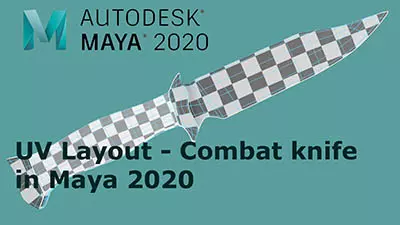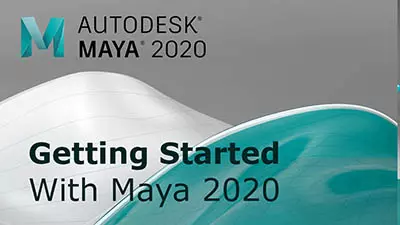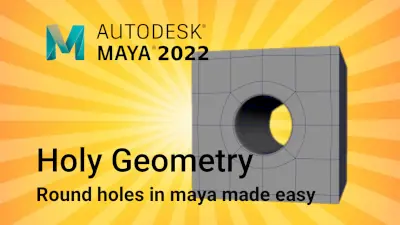2 questions....
wht does it mean?
Q 2:Before baking normal map frm high res object to low res object why the hard edges r kept a small distance?
I know, it is to because avoid "the black lines"(i dunno why they show up.Can anyone explain)?But then it creats a problem for seamless texuring!
Wht to do in this case????
https://www.moddb.com/forum/thread/2-questions1#527521
how did you get this error to begin with? (i don't think anyone here has seen this error, that's why no one here has posted a reply)Q 1."Maya does not support mirrored normal map."
wht does it mean?
the first guy says to apply a checkered lettered textureMirrored normal maps?
U mean mirrored uv's with normal maps?
Just apply a checker map with numbers or letters on your mirrored meshes to see why. if u cannot read the letters the letters are inverted, so u need to flip the mirrored uv's.
If the uv's are flipped the checker map is inverted meaning the concave details of your normal map turn into convex information.
https://images.google.co.nz/images?hl...gbv=2&aq=f&oq=
there are some on google you can swipe
and see if the letters/numbers are the right way around
not sure how you do this, i might have come across it before, but i've never really had a use for it so i don't know where it is.You can also toggle a shaded view of your uv's, any inverted uv's will show up as red as opposed to the normal colour of blue
Q 2:Before baking normal map frm high res object to low res object why the hard edges r kept a small distance?
I know, it is to because avoid "the black lines"(i dunno why they show up.Can anyone explain)?But then it creats a problem for seamless texuring!
normal maps are generated by ray tracing. ray tracing is the oppposite of real life. It's a process where you fire a ray from our eye to the surface and bounces off to a light source and the colour of the object is based on the direction of the ray and the normal of that point where the ray hit on the surface. (as opposed to firing a ray from a light source to an object to our eye)Hardedges black lines are caused by missed rays, the angle is too steep or narrow for the rays to hit.
A missed ray during normal generation will result in a black line.
To avoid black lines apply minimal smoothing groups or apply a chamfer.
the downside is when u're low poly mesh is too low poly and has minimal smoothing groups applied, u will see some nasty black gradient on your mesh, this is pretty shit cuz u will bake that gradient right on your normal map.
To avoid all those problems , try baking with a LP mesh that has a proxy /sub-d modifier applied to it.
It doesn't have to be like that, when u're low poly mesh has nuff interpolation, meaning the enough edges to wrap it's edges around the highpoly model u can get away without a sub-d proxy.
if you managed to understand that (not the best explanation in the world) then you'll understand what the first two sentences of kimman's response is.
to avoid black lines he suggests you dont' smooth the model too much or use the camfer vertex (on high res or low res, i don't know)
he then goes and says that the weird gradient that can appear on surfaces will also show up on normal maps that were baked. That's the ugly black gradient you see caused by either a mix of hard and soft edges or badly placed soft edges
his last paragraph suggests you try baking with a proxy or sub-d modifier applied to it. can't help you there because i don't know exactly what proxy is... i can take a guess but i shouldn't say it.
meaning you can have models taht have the same UV layout and place them perfectly on top of each other. that's perfectly fineIt is possible to stack uv's of a similar shape. Say you have a screw that is used several times, the uv's can sit on top of each other and you will have no problems with your normal map.
i'm fairly certain he just suggested you move your UVs such that there will be stretching in the texture (hence why he said it's not always desirable)Another way to reduce the black lines is to seperate the uv's where you have a hard edge, but this is not always desireable.
seems like an atomic answer, so i can't break that one down for youIf you need to Mirror the normal map on a symmetrical model you can lay out the uv's as you normaly would, then when you want to bake your map either delete one half of the model or seperate the uv's down the center and move one half out of the way. Then you can revert the uv's to how they were before


that's a "Ch" pronounced as a "K"
Computer skills I should have:
Objective C, C#, Java, MEL. Python, C++, XML, JavaScript, XSLT, HTML, SQL, CSS, FXScript, Clips, SOAR, ActionScript, OpenGL, DirectX
Maya, XSI, Photoshop, AfterEffects, Motion, Illustrator, Flash, Swift3D









